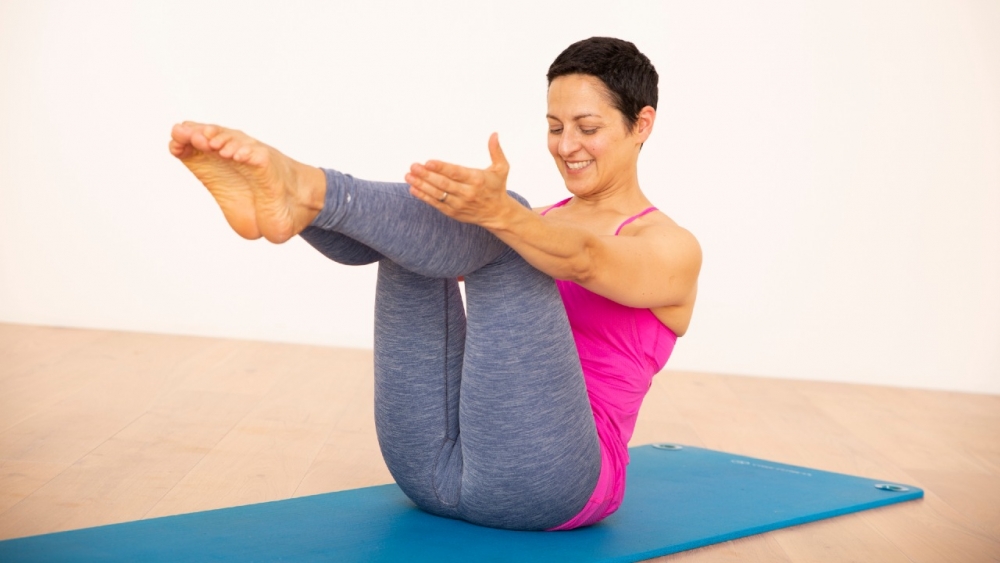Pilates uses small, subtle movements which graduate into larger-range movements in order to challenge core strength, flexibility and mobility. This makes it a great complement to your yoga practice.
People often compare – and confuse – Pilates and yoga. Yoga is a centuries-old, spiritual practice, whereas Pilates is relatively ‘young’, having been created in the 20th century.
Joseph Pilates created a series of movements and exercises to train people to combat the problems of modern living. He was inspired by his background in martial arts, boxing, body-building and gymnastics,
“Civilisation impairs physical fitness.” ~ Joseph Pilates
Pilates originally called his practice “Contrology”. According to him, ‘movements should be performed in coordination with the breath, in a conscious and mindful way’. This helped to build strength, flexibility, endurance and stamina without overtaxing the body. He believed that in order to have a healthy body, it was essential to have a healthy spine – both flexible and strong.
The practice focuses on the ‘core’ and the muscles that support the spine, hips, upper and lower back. It’s also an excellent overall conditioning method as it encourages the body to move as a connected whole.
You will notice some similarities to yoga in the movement practices and shapes made. The more significant differences are in the how and why of the movements.
6 main principles of Pilates:
Pilates believed that the key to physical health was proper breathing and repetitions of controlled, precise movements. He advocated 6 main principles:
- Breath: Pilates believed that most people did not know how to breathe properly so he recommended co-ordinating breath with movement.
- Centering: Often interpreted as ‘alignment’, centering physically while moving helps to correct imbalances in the body.
The rolling and moving through the spine “vertebra by vertebra”, helps to even out muscular and/or structural imbalances. - Concentration: Focusing on what and how you are moving is critical to the practice. “Concentrate on the correct movement each time you exercise, lest you do them improperly and thus lose all vital benefits.” Pilates is motor-learning that trains your neuromuscular movement patterns.
- Control: every movement should be done with an element of control; knowing where your body is in space. This is otherwise known as body awareness or proprioception.
- Flow: The ‘flow’ refers to connecting one breath to the next and one movement to the next. This creates a system that encourages efficiency.
- Precision: continues the thread of control and efficiency. Doing movements that are small and controlled builds strength in end ranges of motion.
A connected whole
Joseph Pilates said, “If your spine is stiff at 30, you are old. If it is flexible at 60, you are young.”
Many of the movements in Pilates are based on how to move the spine. This is is why we think of it as ‘core work’. However, the foundational work is about creating maximum uniform movement throughout the spine before radiating out to the limbs. The focus on ‘core’ work ensures that we have the strength and flexibility to move our body as a connected whole.
To learn more, read ‘What is a neutral pelvis and why does it matter?‘










